Quality Inputs = Quality Products = Lower TCO
Total Cost of Ownership
It’s not generally surprising to anyone that the quality of the materials used to manufacture a product will have a significant impact on the finished product. But how often do we really think about that when comparing a product, we require and what the true cost or Total Cost of Ownership (TCO) really is.
There are plenty of opportunities to cut corners for anyone involved in manufacturing - cheaper raw materials, non-standard parts, sub-standard processes. Unfortunately, these are not always visible to the purchaser at the time of purchase or indeed really show themselves until it’s too late.
Hence, we talk about the TCO when it comes to buying plant / equipment / assets that are not simply a consumable. This means; what does it cost to own the product for its intended lifetime?
Example:
If you paid $1000 for an item and expected it last for a year then you could say it cost $1000 per year to own.
Let’s add to that the cost to maintain it or repair it, at say $200 during its usable life - now our total cost of ownership is $1200.
Let’s add another element to this and suppose it only lasts for 6 months. We can then see that our TCO is $2400 per year assuming we went out and purchased a new unit of identical specs and quality.
Alternatively, you select a product with better manufacturing and inputs to achieve a longer life, less repairs or better yet, BOTH! Sure, you may pay more up front but compare the TCO to understand the true cost.
“Total Cost of Ownership Formula = Purchase Price + Cost incurred during the useful life”
How can you lower your TCO?
Simple enough really and that is to choose products that rely on quality inputs to produce their products.
Not all concrete is equal
Here are some key points on concrete design strengths:
20 MPa and 25 MPa Commonly used for house slabs, driveways, footings, and footpaths.
32 MPa, 40 MPa, 50 MPa Higher strength is commonly used for concrete that will experience greater loads and traffic. This may be specified by engineers or builders to suit the load requirements which the concrete must support during its life.
Why is higher strength important?
Increased durability in service
Decreased weight ratio
Higher strength earlier in its life
Not all steel is equal
Here are some key points on reinforcing steel:
What is the standard - AS/NZS 4671:2001
Why is that important?
Standards ensure the safety, quality and reliability of products and services; they facilitate trade and protect our health and the health of the environment. For business, standards improve systems and processes; they reduce waste, cut costs, and ensure consistency.
Fittings ain’t fittings and valves ain’t valves
Fittings - Brass versus Plastic:
Strength and durability of brass v plastic
Corrosion resistance
Abrasion resistance
Crush or impact resistance
Valves - Stainless steel versus plastic
Strength and durability of SS v plastic
Corrosion resistance
UV stability
Crush or impact resistance
Serviceable and maintainable
Spare parts
Machined surfaces
Adjustment
Best Inputs for Best TCO
At Mid West Concrete we believe in the TCO principle and strive to achieve the best outcomes for our clients. To us, making precast concrete product is not about using the cheapest inputs, it’s about using the best inputs to provide the best TCO:
· 40mpa concrete
· Australian Standards steel and concrete
· Brass fittings
· Stainless steel valves
· Quality testing
· Quality driven processes
Talk to the Mid West Concrete team about how you can lower your TCO by choosing high quality precast concrete products, manufactured with the best inputs and design in mind.


